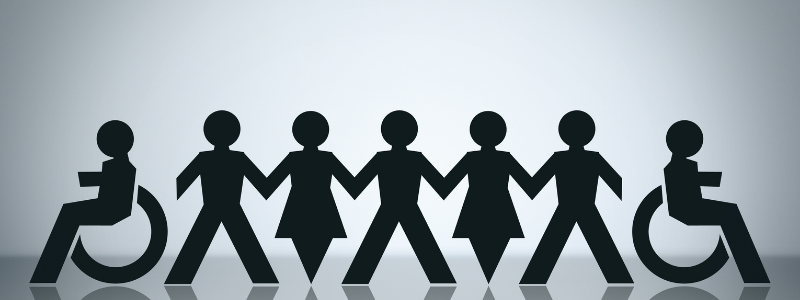“Equality and Equity” are terms commonly misunderstood. The notion that these two terms can be used interchangeably is rather a misconception. The fact is that equality and equity cannot be used equally, although related, both have crucial distinctions.
By definition, “equality” simply refers to the state of being equal. As an idea, it seems very easy to understand, but when applied to people, this concept becomes more complicated. This term applies also to situations, where every section of society has the same degree of opportunity and help.
In simpler terms, “equality” means sameness. Equality ensures that everyone receives the same things in life. Equality gears towards the promotion of freedom and justice. Unfortunately, it would only work if everyone starts in the same place and needs the very same thing.
While, as per the Merriam-Webster Dictionary, “equity” means justice according to natural law or right, specifically: freedom from bias or favoritism. Equity acknowledges that individuals are different based on background, circumstance, and perspective. For this reason, equity searches for ways to fill gaps so that everyone will get what they deserve.
Furthermore, equity proceeds on the presumption that a right or liability should be as equal as possible to all concerned. Therefore, parties involved have equal rights, so it is divided evenly as per the law states (equity or fairness).
Differences and Examples
Marathon
In a marathon, the concept of equality is when all the runners start at the same place on the track. Looking at it, everything seems to be all right. But thinking about it, we’re going to know that the runners in the inner lanes have a great advantage over those in the outer lanes because they have to run at a shorter distance. From this point of view, equality, which is starting from the same place does not result in equity or fairness.

On the other hand, the concept of equity would lead us to stagger the current spots of the runners to cope with the disadvantages faced by those in the outer lanes. In this way, a different strategy is a better way to fairness and justice than the same approach.
Health Care
A clear difference between equality and equity can also be observed in healthcare. In terms of equality in healthcare, primarily, the aim is to ensure that everyone has equal access to medical care and health care facilities regardless of one’s ability to pay for such care. This seems fair at first. In this case, other factors are not taken into consideration such as language, gender, and place of residence, which are also barriers to receiving proper care.

In the same way, assuming that everybody has the same health status and needs, which we know is far from reality. For example, most of the time, those who are poor are less healthy than those with more resources. In this situation, these people may need additional health services, not just standardized tests.
When the underprivileged benefit from the programs of the government to better health services, achieve good health status, and well-being, then there is equity. As the Pan-American Health Organization puts it, equity is the means, equality is the outcome.
Education
Another example and distinction between equality and equity can be observed in the classroom. Inside the classroom, there are different learners. Students learn in different ways, and therefore, have different needs.
Understanding these differences, should we assess the students’ intelligence by administering the same test to a classroom filled with diverse students? As per Albert Einstein, “Everybody is a genius. If you judge a fish by its ability to climb a tree, it will live its whole life believing that it is stupid.”
Students differ individually. For them to achieve success, the teacher must reexamine the classroom system and fix the systematic obstacles (equity).

This way, all students reach success because all of them have the chance to learn (equality). Differentiated instruction is what the real-world needs. It is through the recognition of the needs of individuals and changing past actions that these needs are met.
Equity is attained not by treating everyone equally, instead, by treating all people in an equitable manner. Equity must be ensured before enjoying equality.
Equality is giving everyone a shoe. Equity is giving everyone a shoe that fits. ~ Dr. Naheed Dosani



